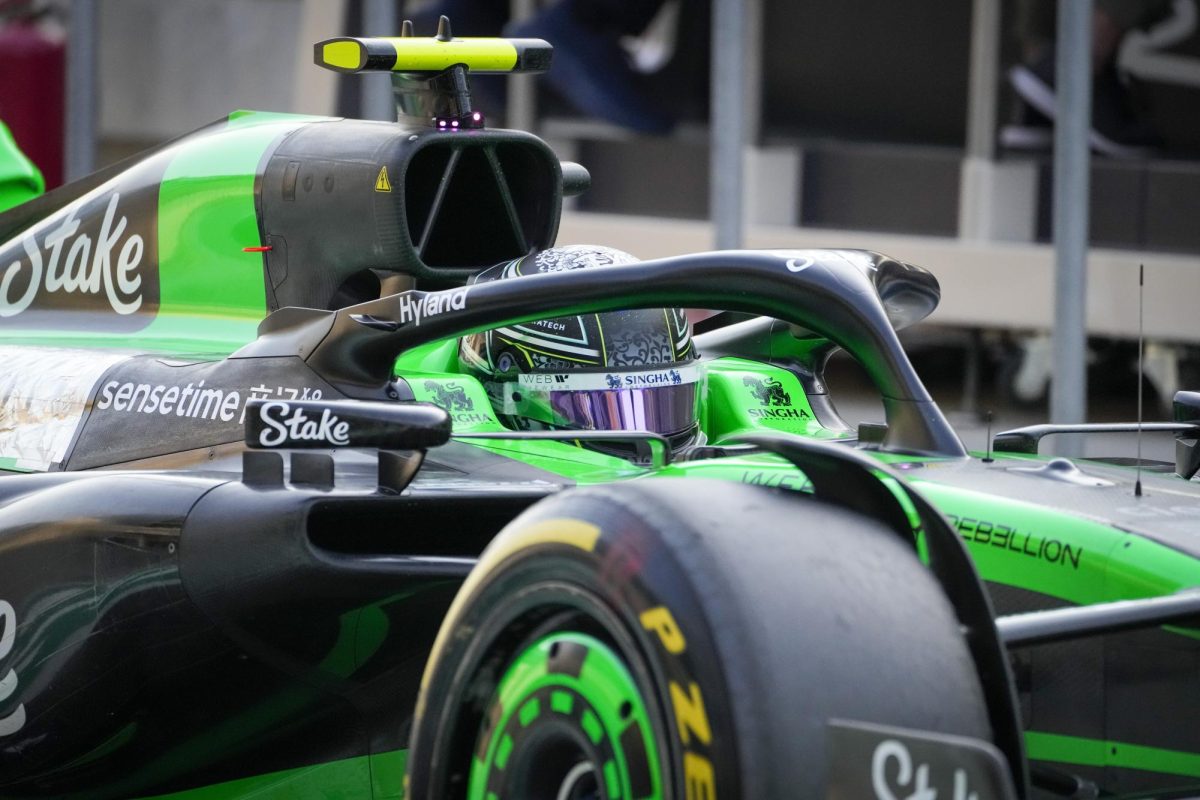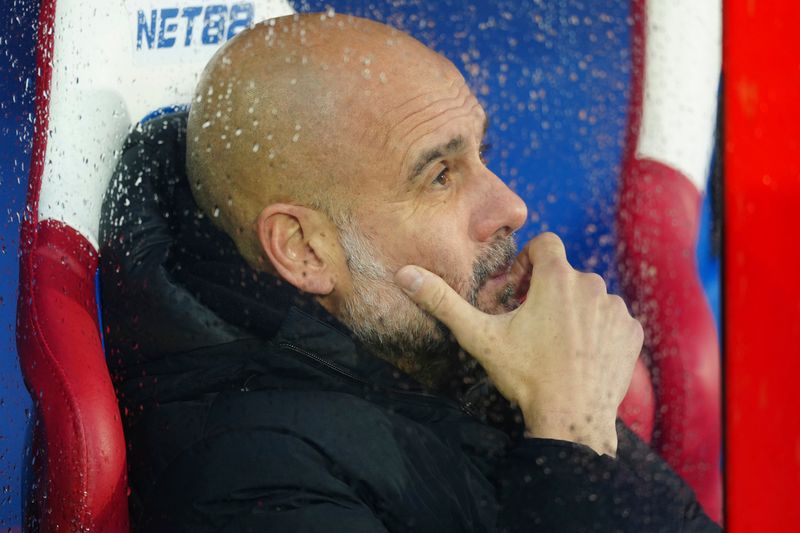Between Red Bull’s Max Verstappen being set to follow up his legendary 2023 campaign, Lewis Hamilton’s final season with Mercedes before making his much-publicized switch to Ferrari and a record-high 24 races set to be competed in, the 2024 Formula One (F1) season is sure to be one filled with competitive finishes and enticing storylines.
Hamilton’s switch was perhaps the biggest news of the offseason, as his illustrious career, which has featured seven world championships, is set to close one chapter and begin another in 2025. However, he remains focused on bringing one last championship to Mercedes, which promises to be challenging due to Verstappen’s momentum he’s bringing into this season after winning a record 86 percent of his races last year. Their personal back and forth will be monitored all season, as veteran Hamilton looks to take the crown back from the hungry young Verstappen.
While the Hamilton-Verstappen dynamic may steal many of the headlines, there are several other competitors to look out for this season. Charles Leclerc (Ferrari), George Russell (Mercedes), Lando Norris (McLaren) and Fernando Alonso (Aston Martin) are just some of the notable drivers set to return this season to challenge for the crown.
While it may seem like a one-horse race from the outset, there are many talented drivers that Verstappen must fend off if he wants to accomplish his goal of winning the title for the fourth successive season. With each race promising unpredictable outcomes, it would be unwise to consider the season a foregone conclusion, despite what the betting odds may say, which have Verstappen as a -650 favorite.
From a more technical aspect, there are a couple of key changes coming to F1 this year, with the goal of emphasizing both competition and sustainability. The implementation of the all-new power unit regulations marks a departure from the traditional hybrid systems, bringing in a new era of innovation. In addition, teams have invested heavily in research and development to adapt to the changes, with aerodynamics and engine performance taking center stage in the quest for peak speed and performance. One of the most talked-about changes is the adoption of sustainable fuels and the increased focus on eco-friendly practices within the sport. Historically, one of the criticisms levied against F1 has been their carbon footprint, which they attempted to address in the global call for environmental responsibility. The shift towards sustainable fuels not only aligns the sport with the public’s ecological goals, but also serves as a showcase for cutting-edge technology that could have far-reaching impacts beyond the track.
Geographically, this season promises to be the most wide-ranging yet, with first-time races in Qatar, Vietnam and Mexico. Formula One’s popularity has grown exponentially in recent years, particularly through the popularity of “Drive to Survive,” a Netflix show recapping races and giving exclusive behind-the-scenes access to fans. A total of 24 races will be run across four continents, the first of which, the Bahrain Grand Prix, took place on Saturday, March 2. Perhaps unsurprisingly, Verstappen won, followed by his Red Bull teammate Sergio Perez and Ferrari’s Carlos Sainz, Jr.
The 2024 Formula One season is poised to be a captivating journey with unknown ups and downs set to take place. The convergence of intense rivalries, emerging talents and groundbreaking technological advancements promises an unforgettable spectacle that fans — new and old — will be set to follow. With one race down and 23 to go, one question remains: Can Verstappen continue his dominant ways, or will Lewis Hamilton have one final hurrah for Mercedes?








